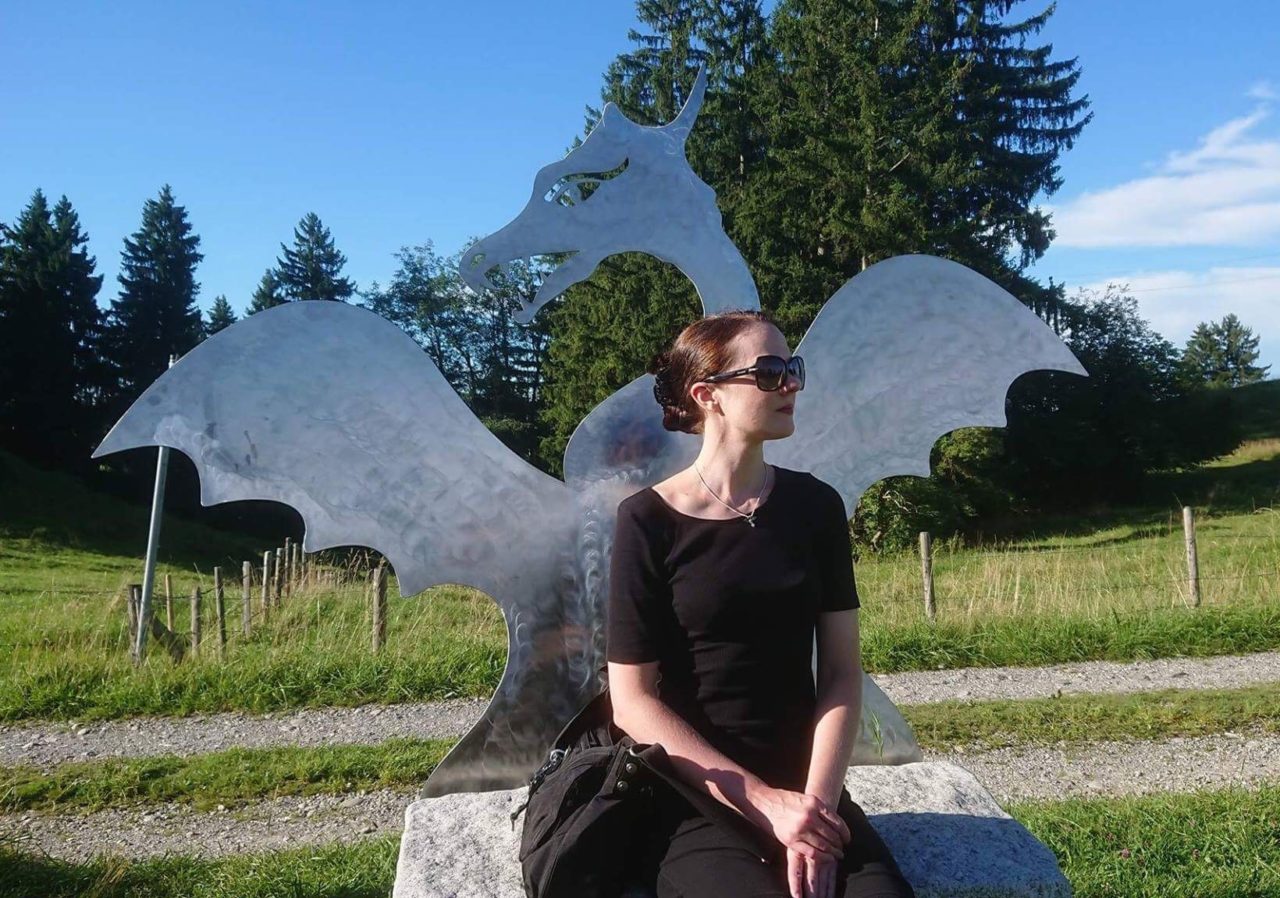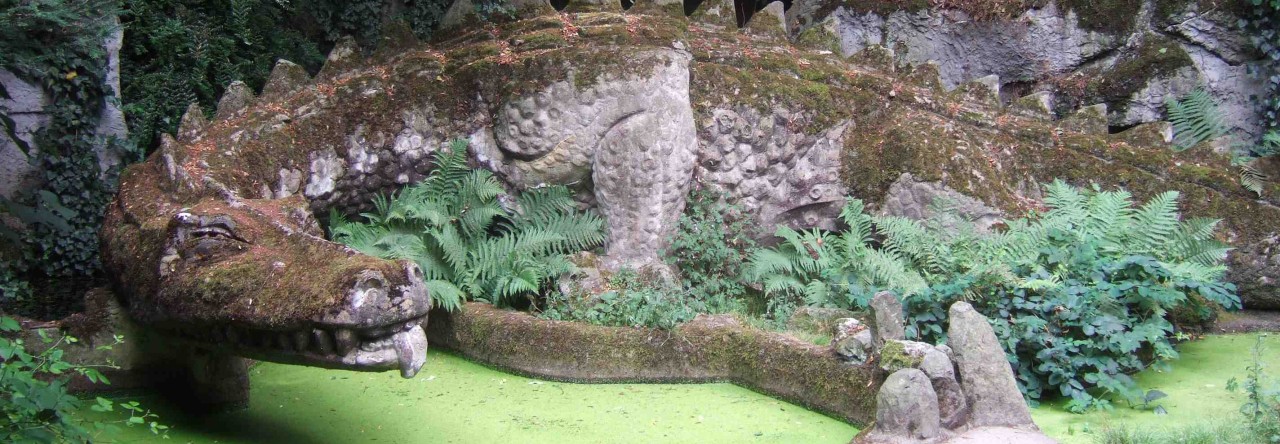»Here be dragons« – »Hic sunt dracones« – is a popular expression associated with old maps. In reality, it can only be found on one single globe – the Hunt-Lenox Globe, which dates from the early sixteenth century. During the Middle Ages, however, illustrations of dragons and sea monsters were sometimes used to denote dangerous or yet unexplored territories. And it is indeed fascinating to imagine people – most likely powerful men – fabricating, illustrating and discussing these mythical creatures in all seriousness.
The dragons’ combat with saints and heroes such as St George and Siegfried are fairy tales for grown-ups, which never cease to fascinate. Not least because dragons have a global place in cultural history. They can be found in both East and West, in literature and art, and as a symbol of both good and evil. My first encounter with dragons must have been the movie »Pete’s Dragon« or Astrid Lindgren’s book »The Dragon with Red Eyes«, stories which essentially deals with the feeling of being an outsider and of not quite fitting in.

At all times, the idea of the dragon has been the projection of our wildest dreams, fears and fantasies. Thus it is only now, as an adult, I have come to realise why the dragon is my favourite animal. My grandmother used to collect these dreadful porcelain dolls, which nobody were allowed to touch. When I grow old I intend to be the lady with the velvet dragons, but before then I will write about my favourite mythical beasts, covering all possible and impossible aspects.
Welcome to my blog – here be dragons!
Johanna Paulsson, freelance journalist

Leave a Reply